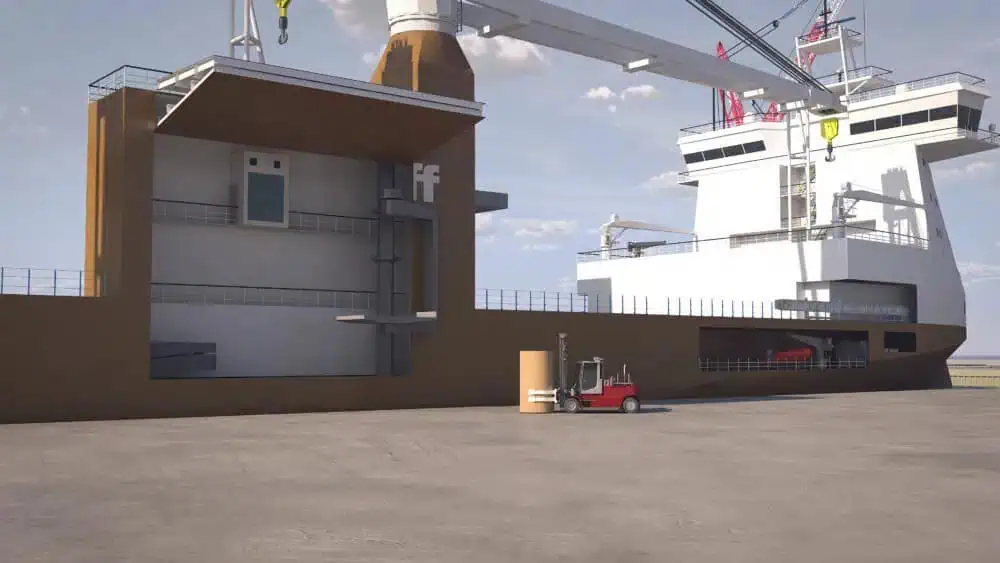Echandia, the leading Swedish developer of advanced maritime battery technology, has been selected to supply battery energy storage systems for eight newbuild dry cargo vessels, with options covering two further vessels, owned by Spliethoff Group, one of the leading shipping companies in the Netherlands.
The vessels are being built at Wuhu Shipyard in China, with WE Tech Solutions as the system integrator. The battery systems will be installed to optimise generator efficiency during cargo loading and unloading system operations, a demanding application requiring short but intense bursts of power.
Echandia’s LTO battery systems are built to handle short, intense cycles without the wear and degradation that other battery types would experience. Where other systems would need to be significantly oversized to handle the same load, increasing both cost and space requirements, Echandia’s solution maintains full performance within a compact footprint.
In addition, the systems have a designed lifespan of up to 20 years, far exceeding any competing battery system on the market.
Each vessel will be equipped with a battery system dedicated to the cargo loading and unloading system. The battery systems will stabilize engine load, improve fuel efficiency, and reduce mechanical wear. The systems will also reduce the shore-power connection power requirements.
“This project is a great example of how battery systems can improve operational efficiency in heavy-duty applications beyond propulsion,” says Torbjörn Bäck, CEO at Echandia. “Working with Spliethoff, WE Tech Solutions, and Wuhu Shipyard, we’re providing a smarter and more energy-efficient way to handle cargo operations.”
The vessels will operate primarily on the Finland–USA trade route, transporting paper and other cargo. The first delivery of Echandia battery systems is scheduled for April 2027, with commissioning expected in late 2027 or early 2028.












